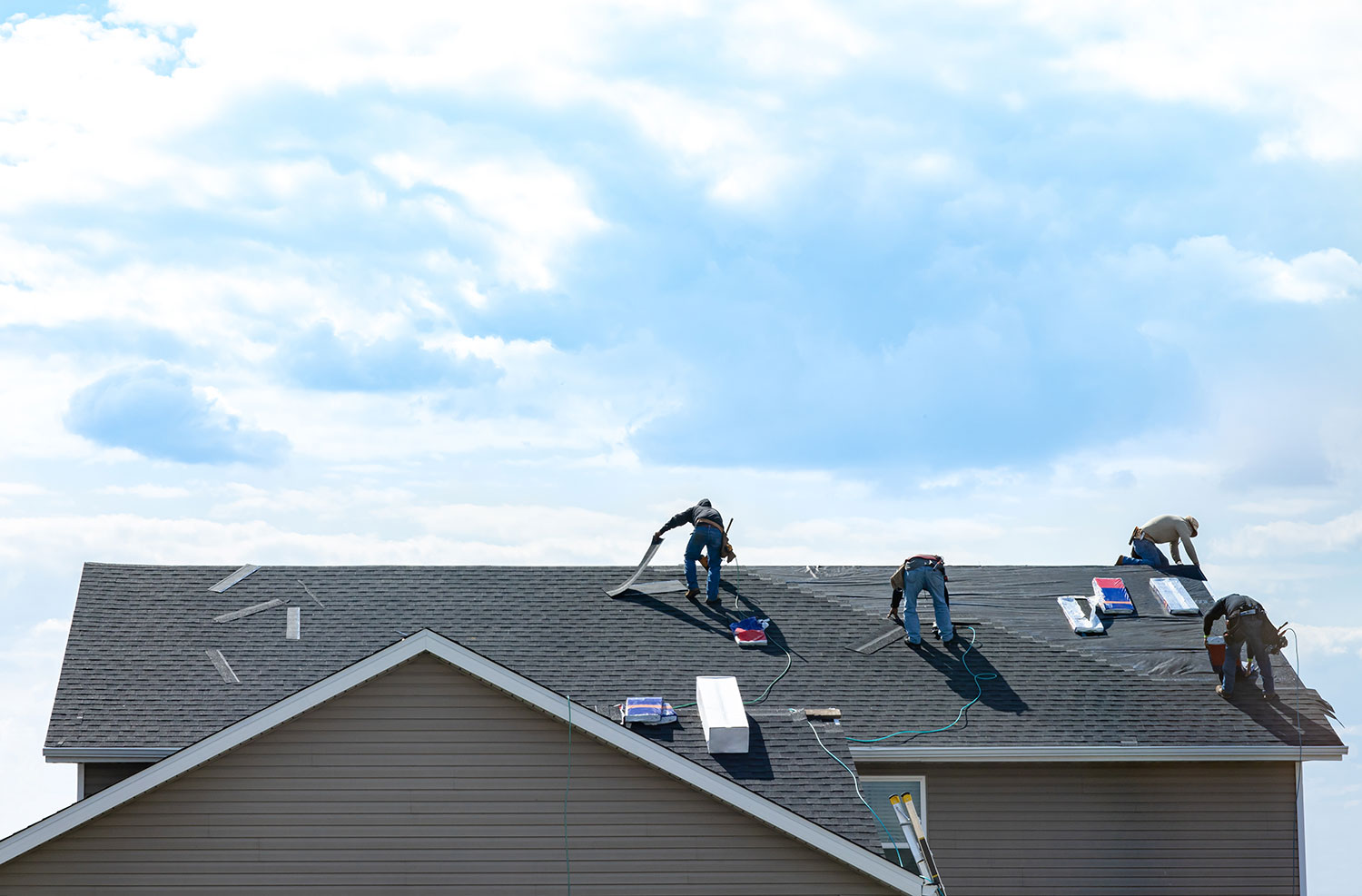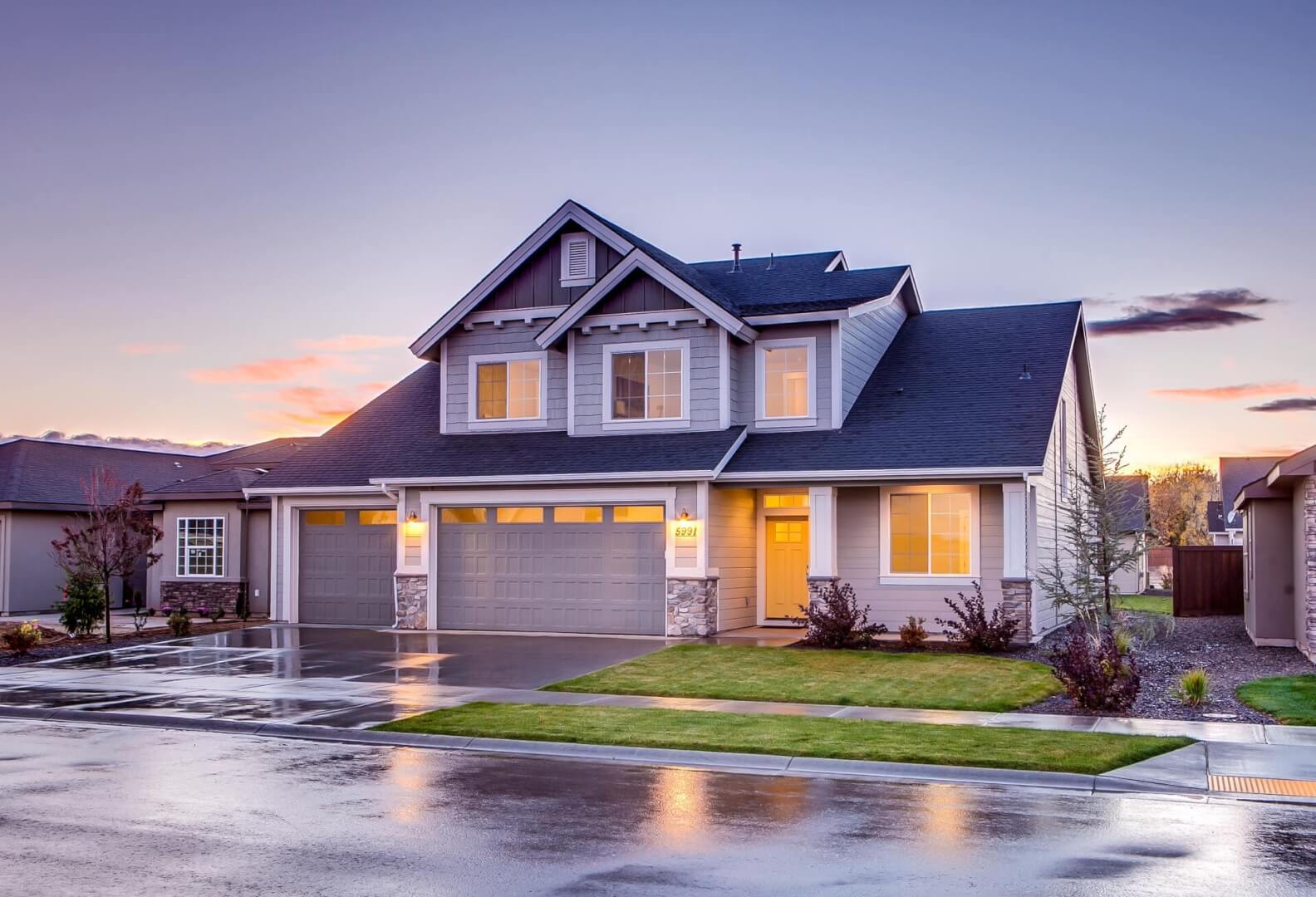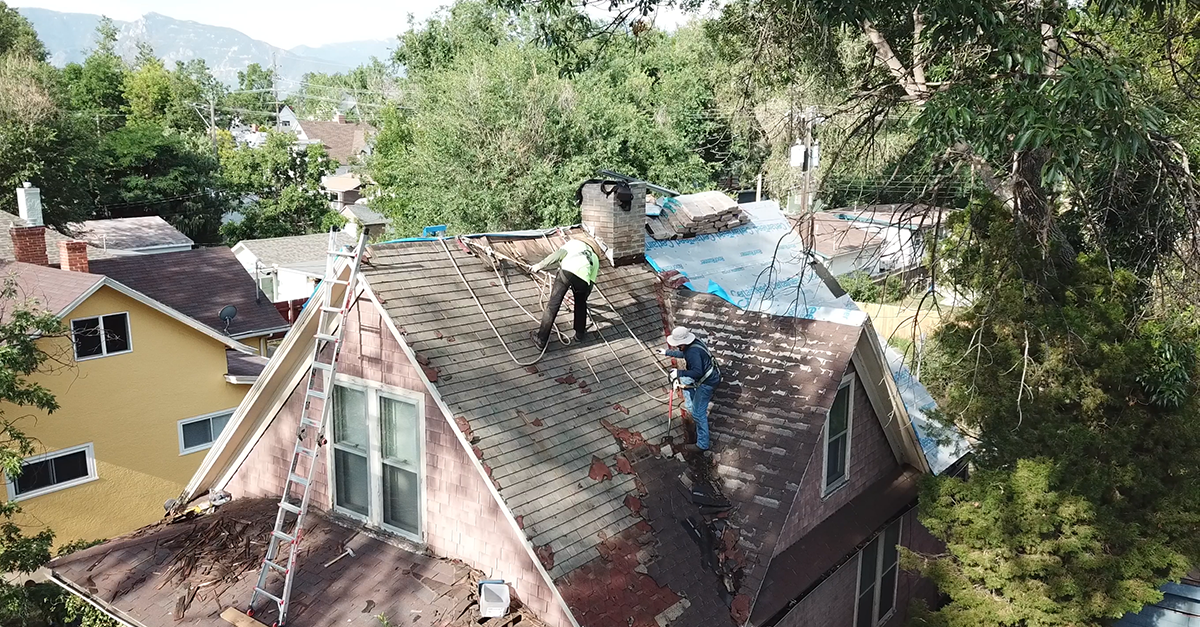When it comes time for a roof replacement, there are many factors to consider. You may wonder if you can simply build over an old roof during a new roof installation... The short answer is, "No."
For an in-depth explanation, this blog will discuss three reasons why you should NOT install a new roof over your existing roof. Keep reading to learn more!Here are the reasons why roofing contractors won't install shingles on top of your existing shingle roof:
Manufacturer Warranty
A manufacturer warranty is a guarantee from the company that created your roofing shingles (such as the manufacturer of asphalt shingles) that they will fix any defects with the roofing material for a certain number of years. That being said, the warranty will likely be voided if you use the shingles incorrectly, i.e. installing them on top of an old roof and therefore diminishing the integrity of the new shingles.
If roofing contractors don't strip off existing shingles down to the wood to inspect the deck to find out what's happening underneath, you may not see the real issue damaging your shingles or your roof. Your existing roof shingles should therefore be entirely removed before the new roof replacement has begun.
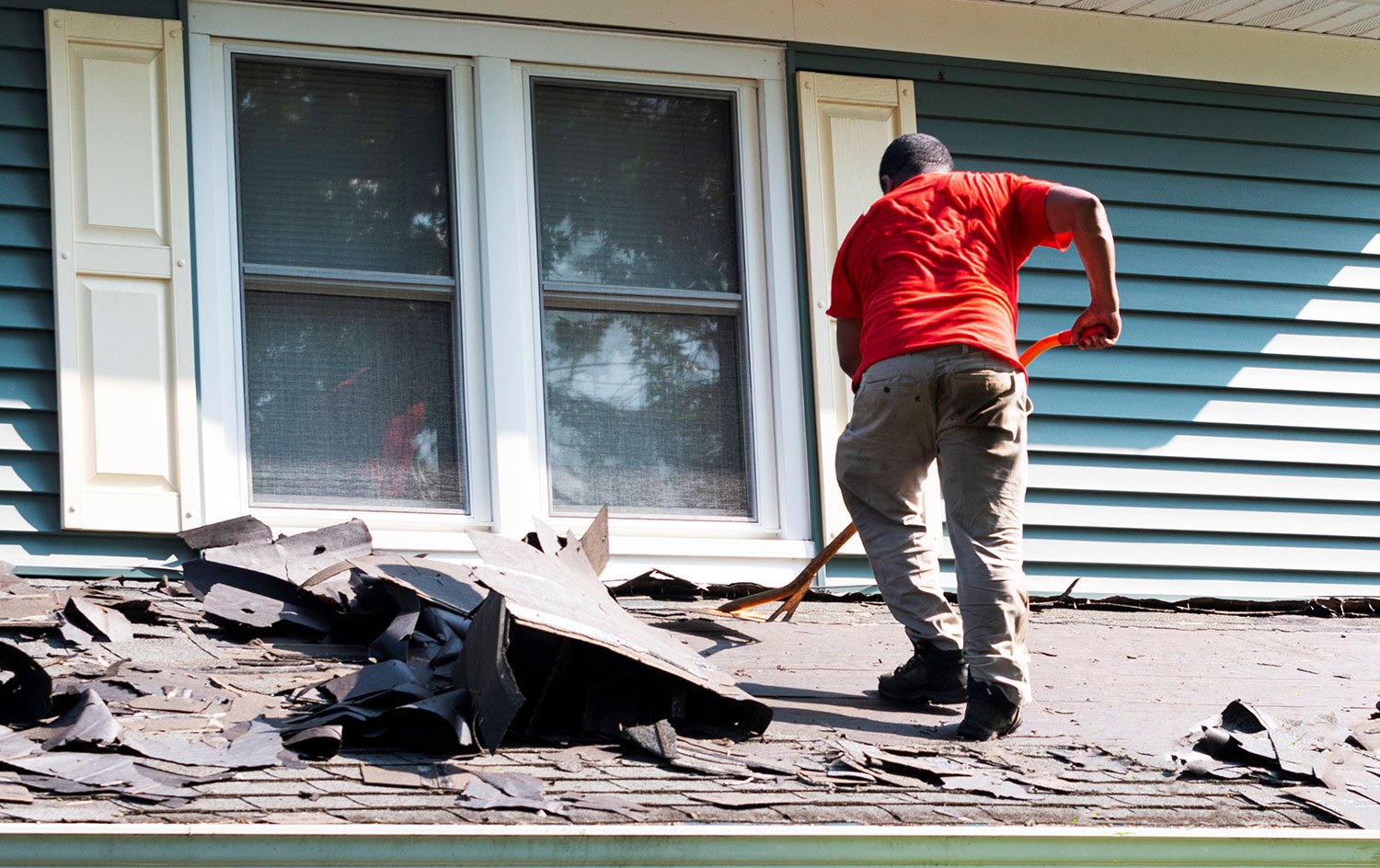
Building Code
Another reason we wouldn't encourage putting new asphalt shingles over your existing shingle roof is the building code. This code usually derives from manufacturing requirements. Most jurisdictions are going to require by code that you strip the roofing materials all the way down to the roof deck before you start putting on the underlayment and the new shingles.
The regulations outlined in a building code are written by officials for contractors to regulate the creation of commercial buildings and homes. These officials keep safety in mind when writing these codes. For instance, areas with natural disasters have building codes to deal with these events.
When it comes to a new roof installation the building needs to be brought up to code, especially if it's an older building. If that building is inspected it may be declared unfit to live in, hence why it is so important to follow building codes when installing new shingles. New buildings also need to follow the latest codes or risk being in violation, thus delaying the completion of the roofing project.
Where to Find Your Local Building Code
Building codes are revised every three years or so. To find the code, simply search your state or city's website for up-to-date information on these regulations.
That being said, which codes are put into effect are different depending on where you live, so it's best to contact your local building inspector to make sure of which rules apply. For instance, there isn't a standard building code in the state of Colorado. Instead, local towns have adopted their own building codes.
Roofers Workmanship Warranty
A workmanship warranty serves to protect homeowners from a roofer's improper installations or other errors. Typically covering up to a year of work, it is essential homeowners still read the warranty to make sure that this is the case for them.
There are many things that could void this warranty, such as improper maintenance. In this case, the warranty would be voided if a roofer installed new shingles on top of old ones. This is because the workmanship of the new shingles is sabotaged by the poor quality of the old shingles.
Therefore, a roofer will not want to install new shingles on an old roof because they know they will be called back to redo the work. For instance, if your roofer were to install an asphalt shingle roof on top of your existing shingles and your old roof was damaged or showing signs of mold you're probably going to end up with more problems in the future. At a minimum, the worker will be called back to do the roof repair for free. In a worst-case scenario, they will have to do an entire roof replacement.
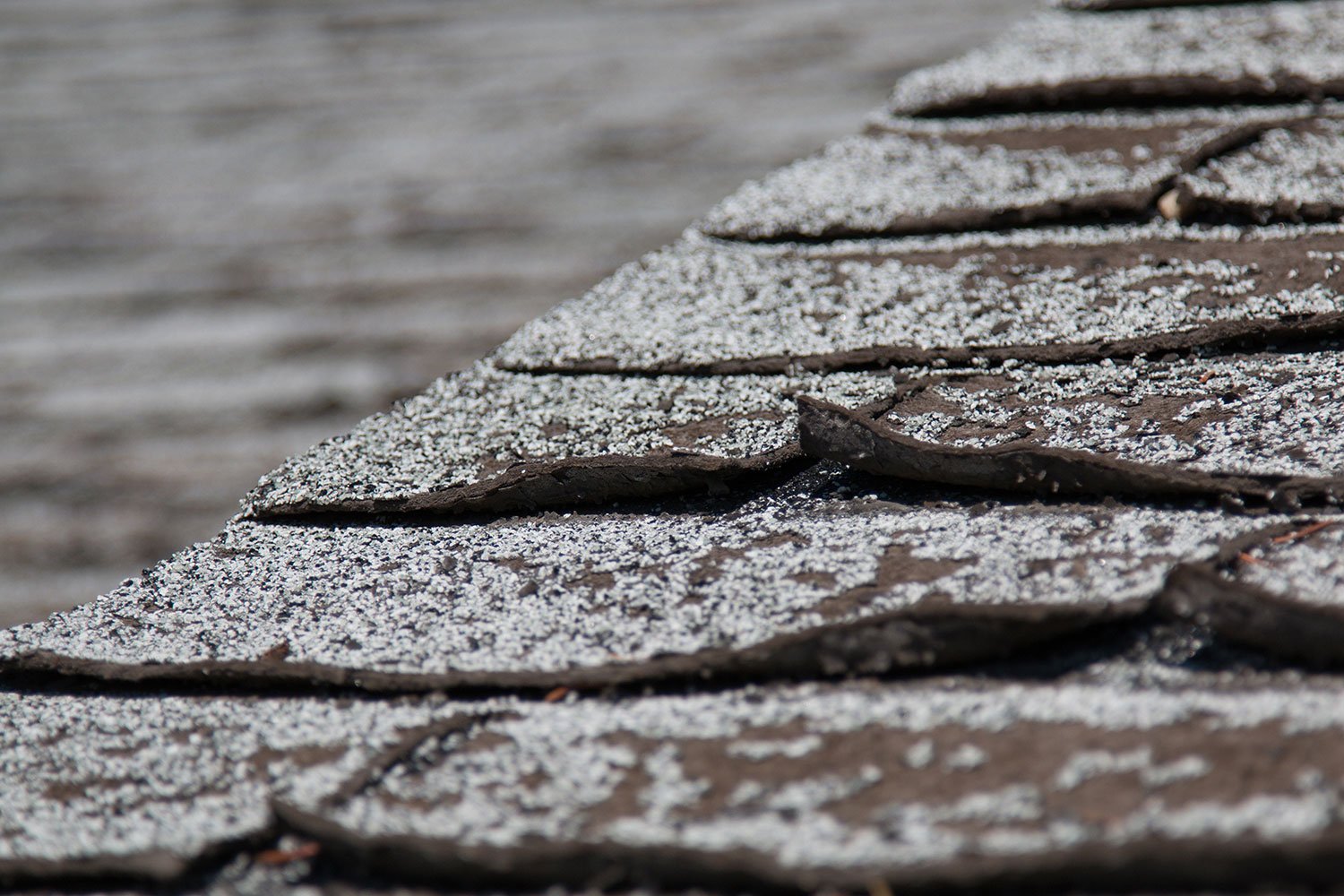
It can reduce the lifespan of your roof because:
- More weight on your roof
- Shingles may be loose because nails have to penetrate multiple layers
- Mold can grow on the shingles underneath affecting both the deck and new shingles
It can be more expensive in the long run because:
- You may have to replace your roof sooner
- You may have to pay for repairs if there are any problems with the roof installation
- Your insurance company may not cover the damages if they find out you installed a new roof over your existing roof

Warranties, building codes, and workmanship are all important factors to keep in mind when wondering if you can get a roof replacement over your existing roof. We hope this blog has helped clear some things up for you!
If you have any further questions, please don't hesitate to reach out to Homestead Roofing. We are always happy to help however we can! Thank you for reading. Until next time!

